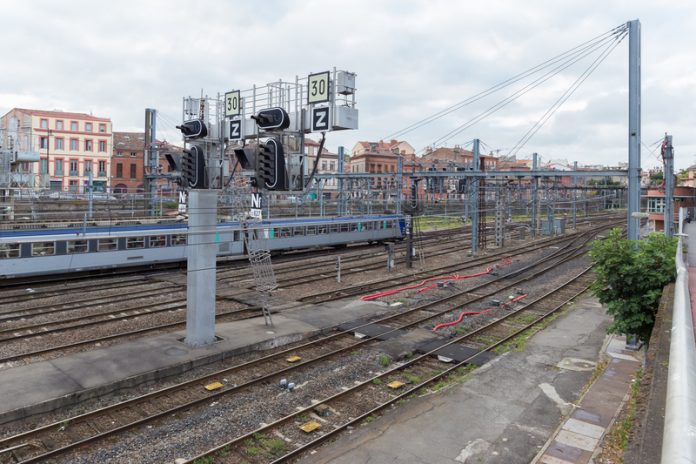Danish Minister for Transport, Building and Housing, Ole Birk Olesen, explains the introduction of a new rail signalling system for the country, including the challenges when it comes to the successful deployment of ERTMS
On October 21st, 2018, in Denmark, we delivered on a first major stepping stone in our countrywide deployment of the new signalling system in Denmark. Here, the first railway line in Denmark equipped with ERTMS was commissioned for commercial passenger service. The line is now in regular operation and has been running without major concerns since commissioning. Part of the works undertaken includes the retrofitting of ETCS onboard units on a fleet of rolling stock consisting of Siemens Desiros and Alstom LINT-trainsets. This means, that we in Denmark now have a fully functional infrastructure system and that the supplier is able to deliver adequately in this context.
The overall background is that the Danish rail-sector suffers from a legacy signalling system, which puts capacity utilisation and punctuality highly at risk. The system is built around interlocking equipment, which dates back to the 1950s and 1960s. Today, approximately every fifth passenger delay is due to signalling-related errors. Thus, replacement of the existing signalling system is a necessary investment.
In 2009 the Danish Parliament decided to fund a total replacement of all signalling equipment on the entire Banedanmark railway network with the common European signalling standard ERTMS (European Railway Traffic Management System), level 2, baseline 3, whereby in-cab signalling equipment replaces external signals, as we know them today.
The new signalling system is expected to bring about large savings related to traffic management as well as renewal and maintenance, a uniform and high safety level across the entire network, higher punctuality and in this connection fewer signalling related delays, and a foundation for increased capacity and speed. Moreover, trackside and onboard equipment may be supplied by any of the ERTMS suppliers as all equipment is fully interoperable, making the supply market more flexible, independent and competitive.
However, total replacement is not just a simple task. Admittedly, it has proven to be more difficult than originally anticipated.
The key to successful migration is building a fleet of rolling stock capable of running on both new and legacy systems. That requires retrofitting of the existing fleet of rolling stock with state-of-the-art digital equipment, which is not an easy task. Nevertheless, retrofitting the current fleet of rolling stock is key to a smooth transition from signals of the electro-mechanical era to the new IT-based ERTMS signals. Retrofitting of the existing rolling stock as such dictates the speed with which we can proceed with our deployment of ERTMS.
The challenges in the successful deployment of ERTMS
The complexity involved in migrating to a digital, in-cab signalling system is greater than foreseen for certain train types (e.g. IC3) than others. The complexity of the train types depends on the characteristics of the trains, as well as on a general mapping of train age, the number of series, variation in overall technical specifications such as engine power, etc. In order to reduce risks in fitting the more complex train types, we have designed the fitment plan in a way, where fitment of the complex train types builds on the learning from the fitment of the less complex train types (e.g. Lint and Desiros).
The successful deployment of ERTMS depends on various stakeholders. While the European Commission is responsible for the technical specifications, the product itself is delivered by the rail manufacturing industry, which consists of a considerable matrix of firms, where the cooperation required has proved to be difficult.
Getting the signalling design and supply industry to work together in the production of compatible products has been a tough task. Add to this both hardware and software factors and the progressive implementation of updates and changes, one can see that it needs a strong coordinating body to keep this under control and to ensure that all suppliers follow the same course. Moreover, physical deployment requires both infrastructure managers and railway undertakings to invest in ERTMS. The railway undertakings’ involvement and collaboration are of substantial importance since they contribute with expert knowledge regarding the rolling stock.
In addition, in Denmark, we are not only planning to replace our existing signals, but we are also planning to electrify our main lines and run electric train operations by the middle of the 2020s. The combination of these three major investments entails many interfaces and complicates the transition from old to new signals and from diesel train operations to electric train operations.
It is my hope that the rail industry will take advantage of the opportunities that follow from the investments and again become competitive with other modes of transport.
Ole Birk Olesen
Danish Minister for Transport, Building and Housing
Ministry of Transport, Building and Housing
Tel: +45 4171 2700











